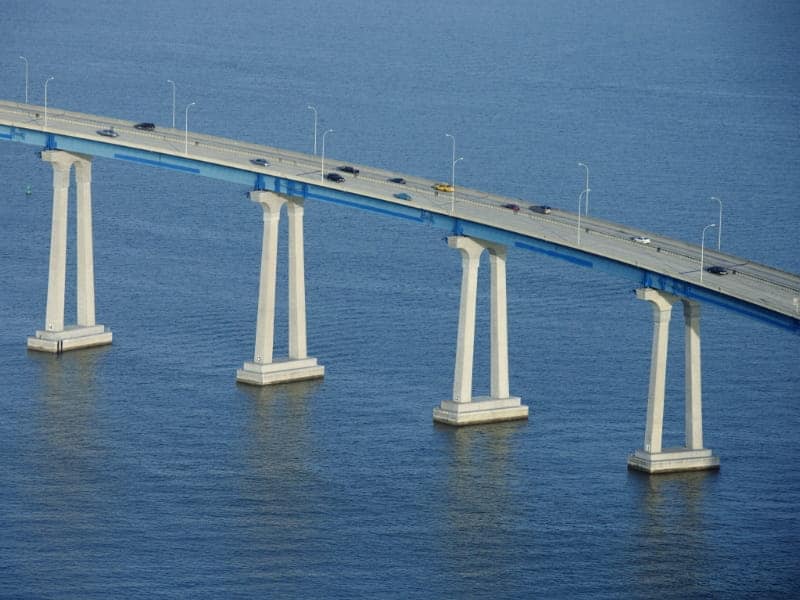Everyone wants to reduce water loss. No one likes to see water running over the ground. But people who understand the water industry know that reducing water loss to zero just isn’t economical. Spending $10,000 to save $50 worth of water may not be good management. It depends on the value of water which is not necessarily the price customers pay for water.
Not all water loss, more correctly nonrevenue water, has the same cost to the water utility, and not all reduction is worth the same. First, it’s important to distinguish between the two main categories of water loss, apparent loss and real loss.
- Apparent loss is loss in customer consumption attributed to inaccuracies associated with customer metering, systemic data handling errors, theft, or illegal use. It’s water that is used by somebody but not measured or billed.
- Real loss is physical water loss from pressurized system and storage tanks up to the point of customer metering. (AWWA, 2016)
Within apparent loss, there are two sub-groups, unmetered water, and meter under-registration.
Apparent Water System Loss
First, are users who get 100% unmetered water. This can be through intentional theft or, somehow, a customer’s water service does not have a meter. The value of eliminating such a loss is essentially how much the utility would charge for the water that was not metered.
The second, and more common type of apparent loss, is meter under-registration. In this case, the meter records less than all the water passing through it. Under-metered loss can be determined using
U = M (1-f)
Where U is unmetered water use, M = metered water use, f = the fraction determines the amount of water is accounted for. If a meter reads 1000 gal and it accounts for 90% of the water, the unmetered water loss is
U = 1000 (1 – 0.9) = 100 gal
When estimating under-metering, take into consideration that the water loss is not constant but varies with flow rate. Since accuracy at low flow tends to be worse (lower f) than at high flow, it’s necessary to determine the distribution of flow rates through the slow meter.
Real Water System Loss
Real loss is primarily due to leakage and is water that would not be produced if there wasn’t a leak. Reducing leakage does not impact the debt retirement for infrastructure projects or fixed operation and maintenance (O&M) costs. Reducing leaks only impacts variable O&M costs, which consist primarily of pumping energy costs or treatment chemical costs, both of which are far less than the price of water. A system that receives water from a reservoir in a nearby mountain and only feeds a small dose of chorine has a very low variable O&M cost. That means it will have less monetary incentive to reduce leakage than a system that pumps water from a deep well, treats the water with reverse osmosis, uses a large amount of chemicals for coagulation or scale control, and pumps water to customers on top of a large hill.
The value of reducing real loss could be more accurately estimated by accounting for which pressure zone the water leaks. Typically, leaks in a low-pressure zone have lower value because the water is not lifted as high as a leak in a high-pressure zone. The value of water increases every time it passes through another pump station. Bentley’s OpenFlows WaterGEMS can calculate the unit cost for pumping energy to different zones.
Special Cases in Determining Real Water Loss
One situation where the price of water is used for estimating the benefits of loss reduction occurs when system A purchases water wholesale from utility B. In this case the value of water is not based on the price utility A charges its customers but on the price that it pays to utility B.
Another special case occurs when the real water loss is so great that it must invest in a major capital project to satisfy the demand placed on its system due to loss. This may involve drilling a new well, expanding the capacity of the treatment plant or even building a new plant or reservoir to offset leakage.
If satisfying demand involves the construction of a new or expanded facility, the value of reducing leakage is the amortized cost of the extra capacity divided by the water lost. If reducing real loss simply delays construction of a facility that would be constructed to satisfy growth in demand, an approximation of the value of water might be the interest not paid on construction over the period the project was delayed.
While few would deny that reducing is a good thing, the economic justification for water loss reduction should be based on the nature of water loss and not simply on the customer’s price of water.
If you like blogs like this, you can go back to our library of blogs at https://blog.bentley.com/category/hydraulics-and-hydrology/.
Want to learn more from our resident water and wastewater expert? Join the Dr. Tom Walski Newsletter today!










